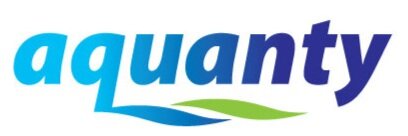HGS Research Highlight - Dual permeability modeling of tile drain management influences on hydrology and nutrient transport in macroporous soil
This post features a recent study by Frey et al., 2016, who used 2-dimensional dual permeability HydroGeoSphere models to simulate the flow and transport of liquid swine manure and rhodamine tracer application on a macroporous clay loam under controlled (CD) and free drainage (FD) tile management.
Dual permeability modeling of tile drain management influences on hydrology and nutrient transport in macroporous soil
Authors: Steven K. Frey, Hyoun-Tae Hwang, Young-Jin Park, Syed I. Hussain, Natalie Gottschall, Mark Edwards, and David R. Lapen
The above simulation shows the modeled distribution of nitrate within the soil matrix beneath the free drainage and controlled drainage test plots.
The Hydrogeosphere simulations performed in this study utilized many of the key features of HGS including dual-permeability, coupled surface water/groundwater flow domains, tile drains, and reactive solute transport.
This study demonstrated a dual permeability model was able to reproduce the influence of tile drain management practices on tile discharge, and nutrient transport, following a liquid swine manure application on a macroporous clay loam soil. Additionally, it was found that macropores were responsible for transmitting >95% of the solute load to tile discharge.
The full manuscript has been published by Journal of Hydrology.
